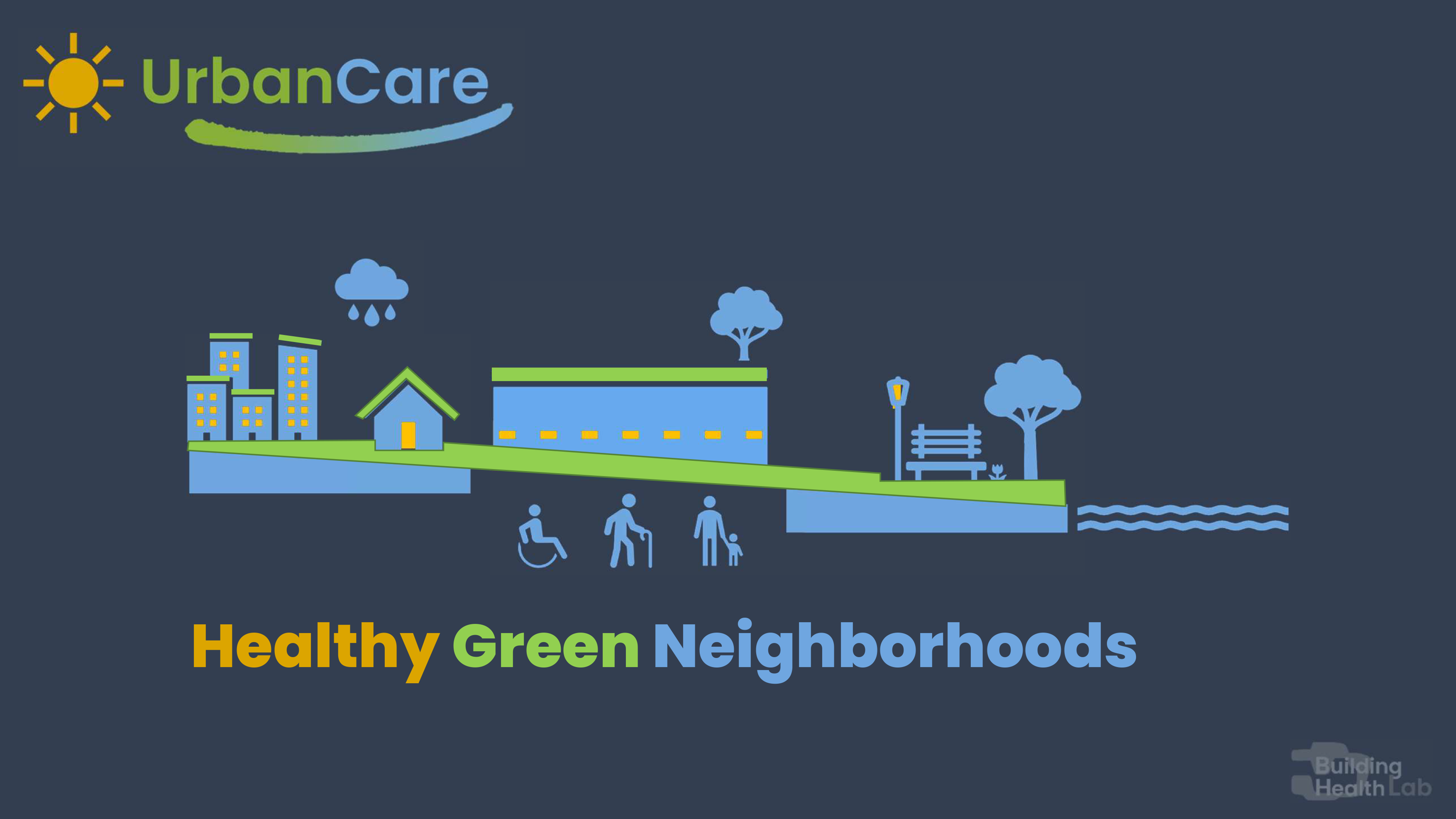

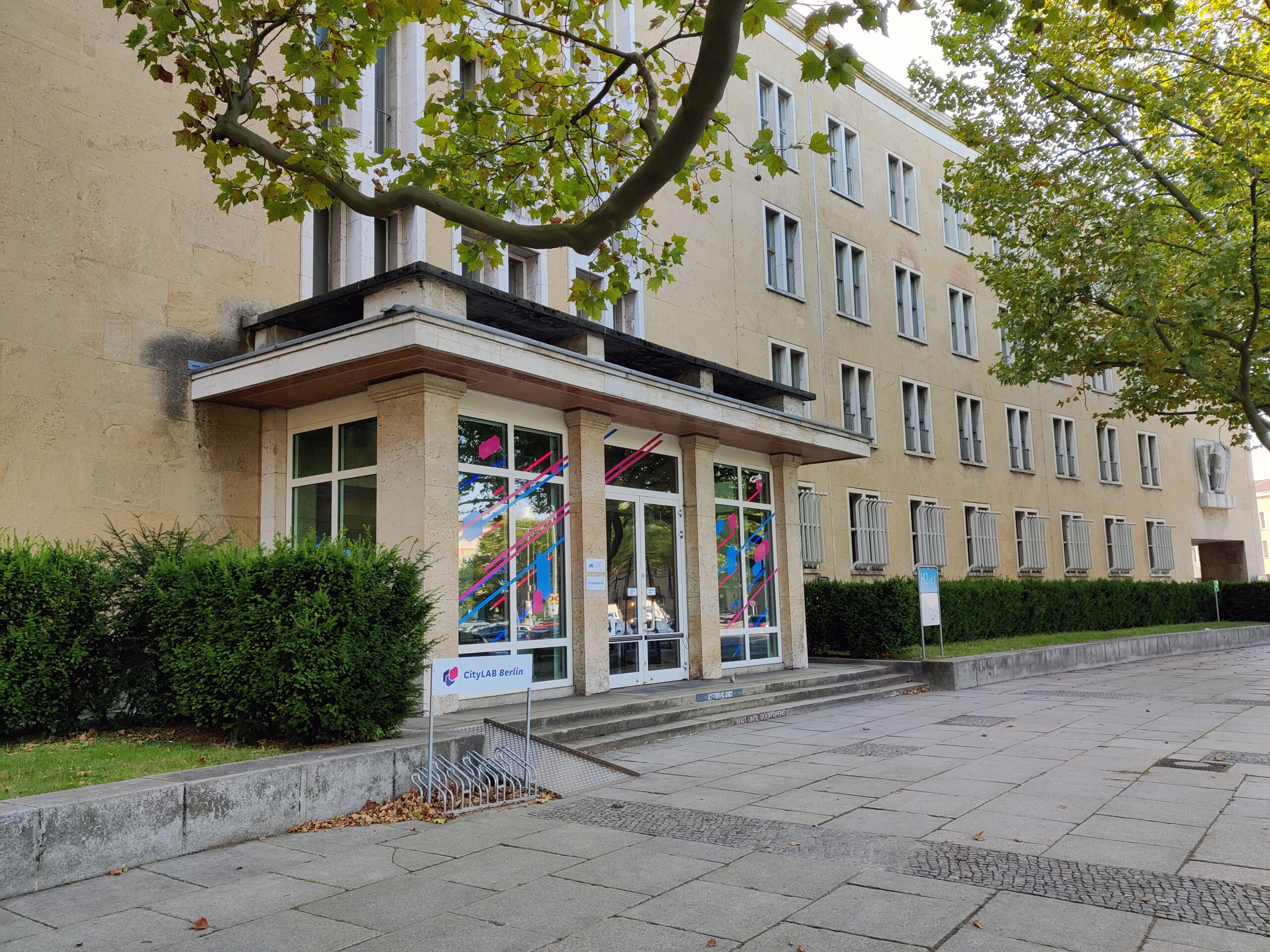
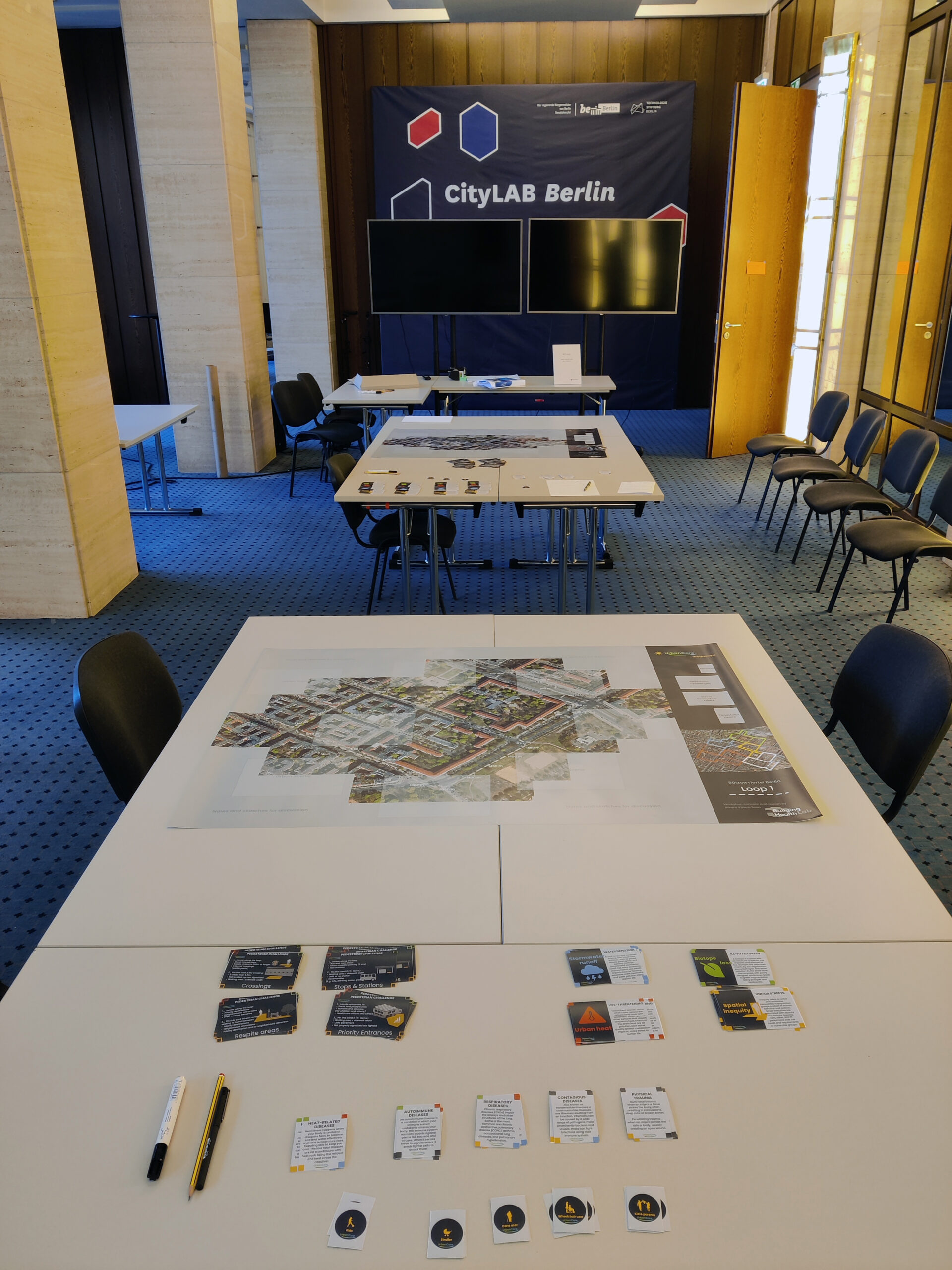
UrbanCare, is about planning for pedestrian health!
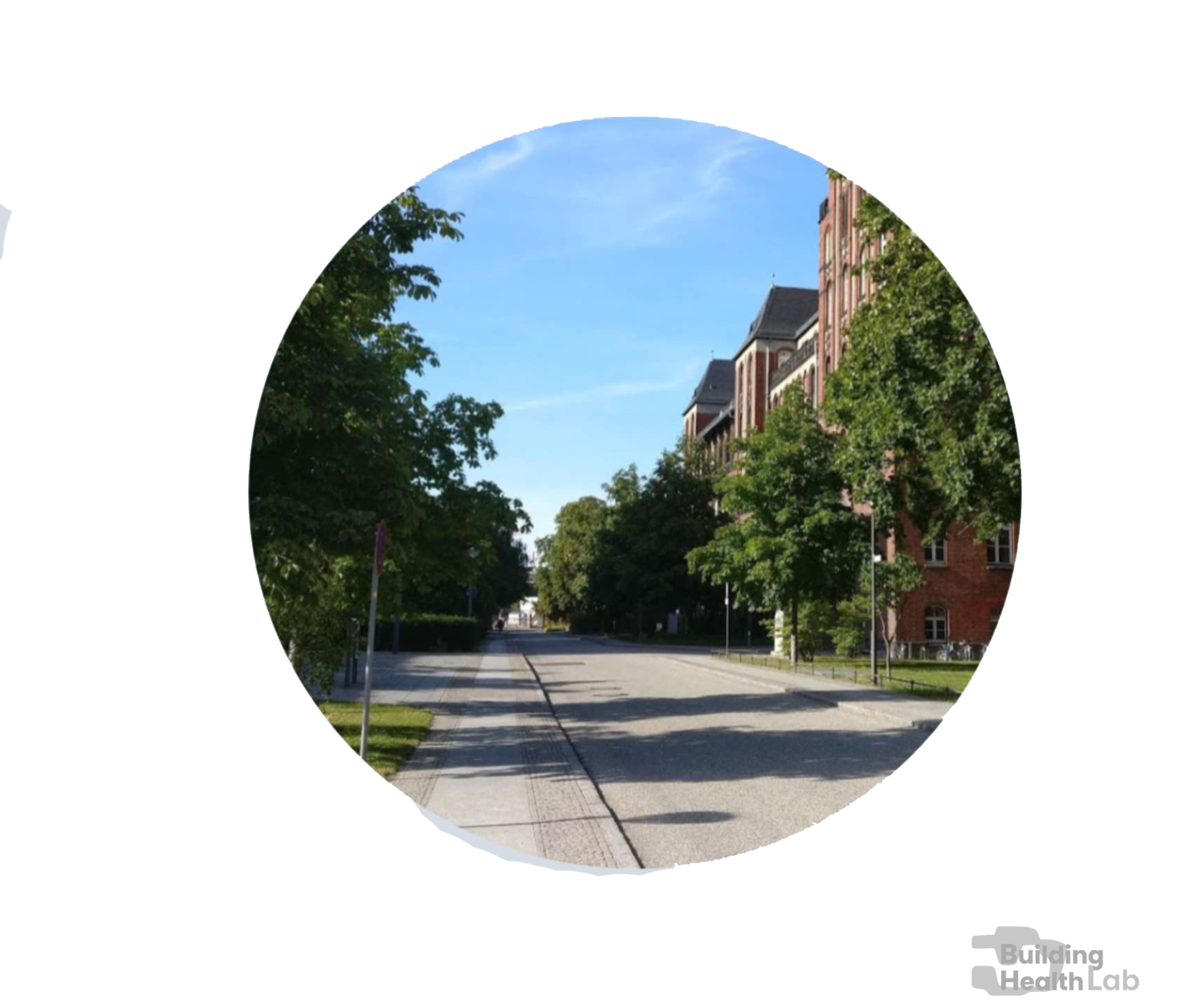
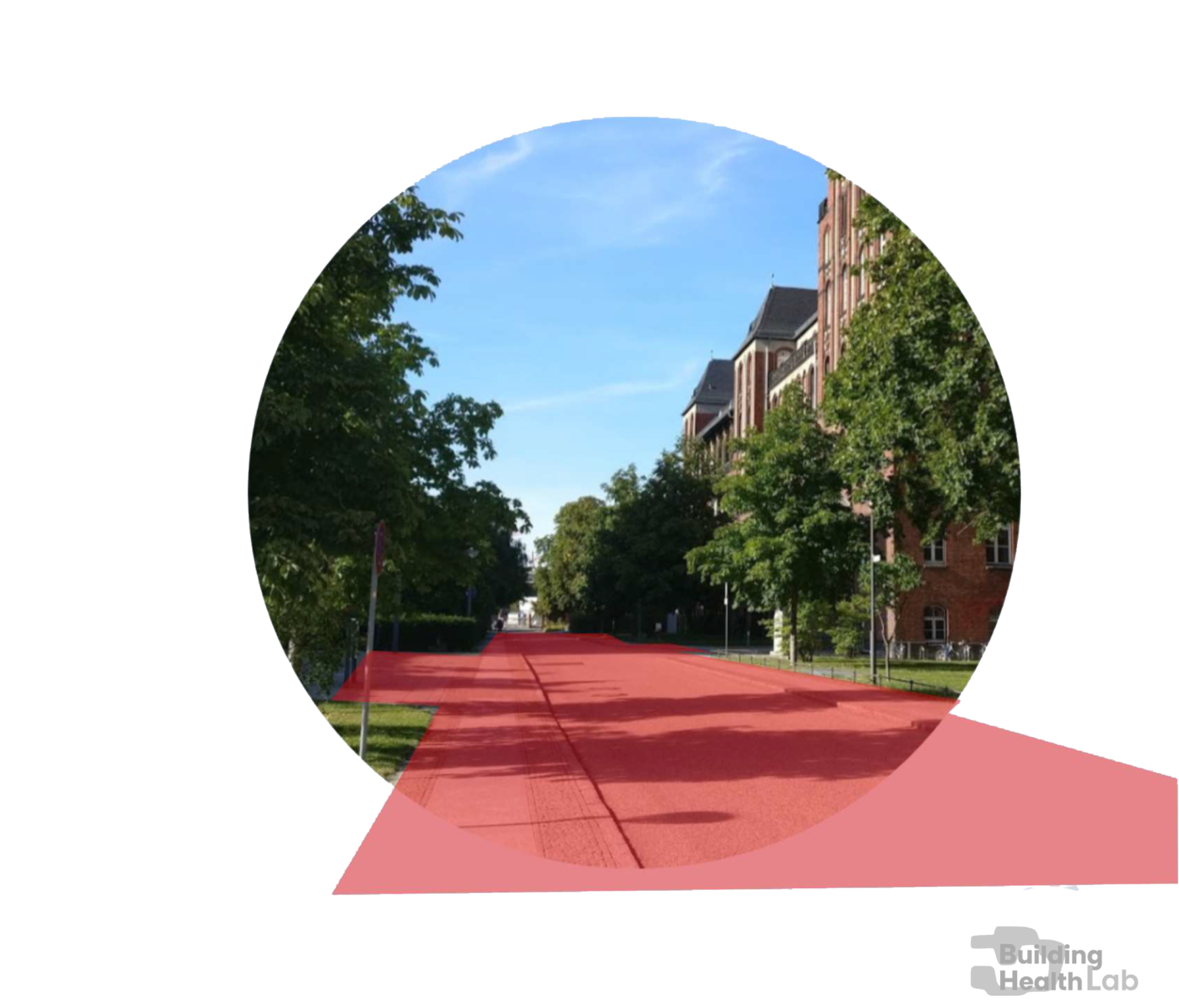
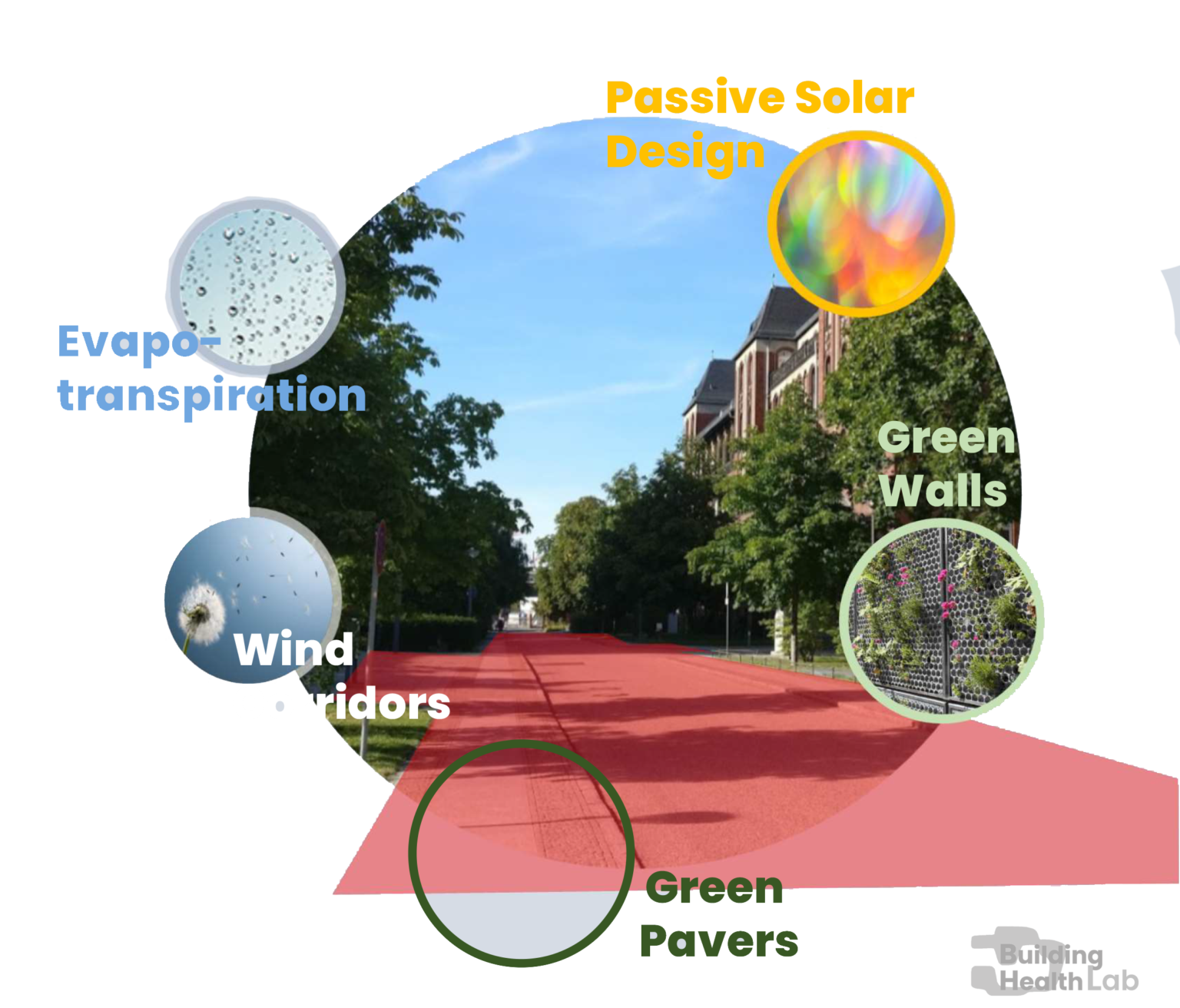
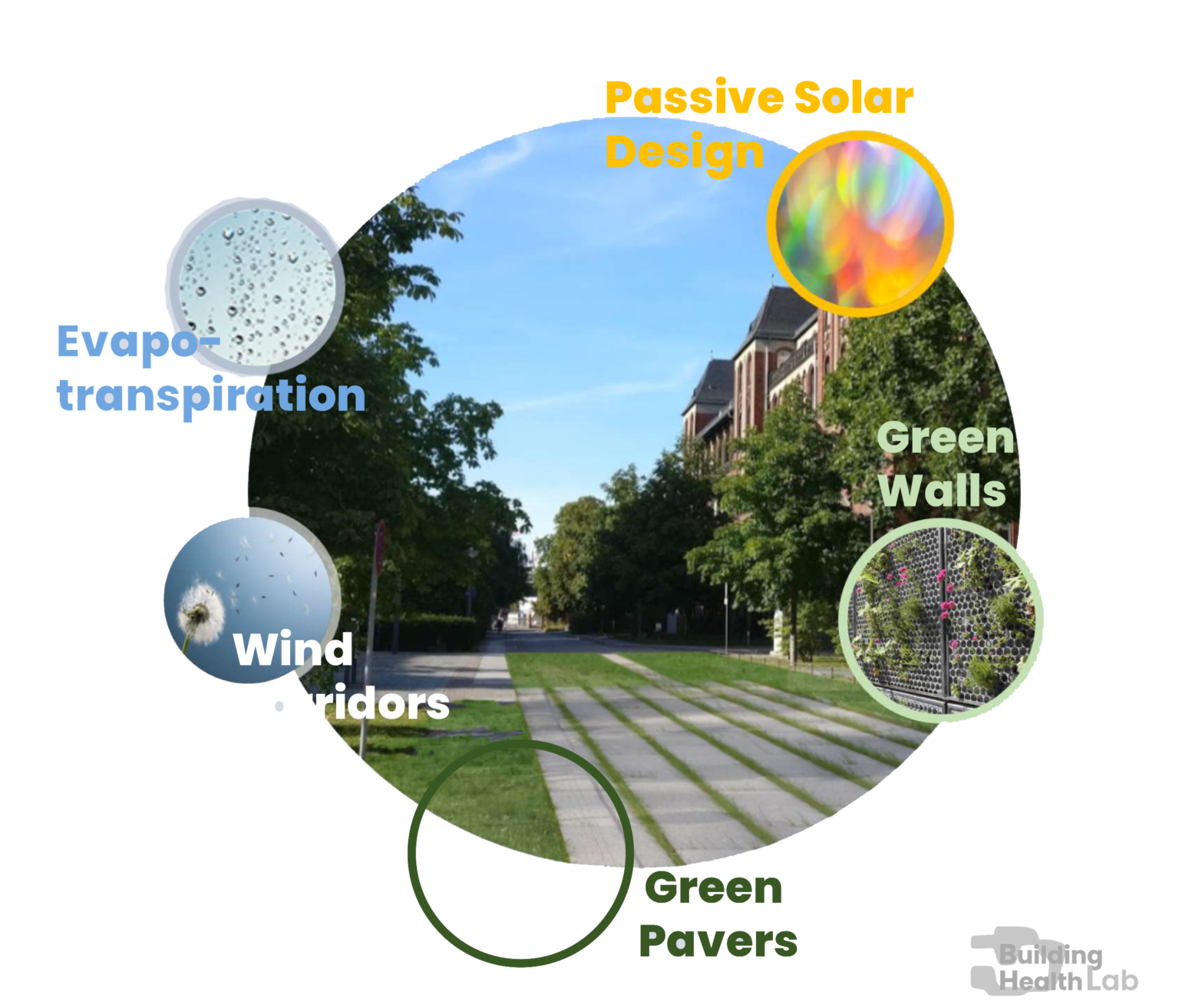
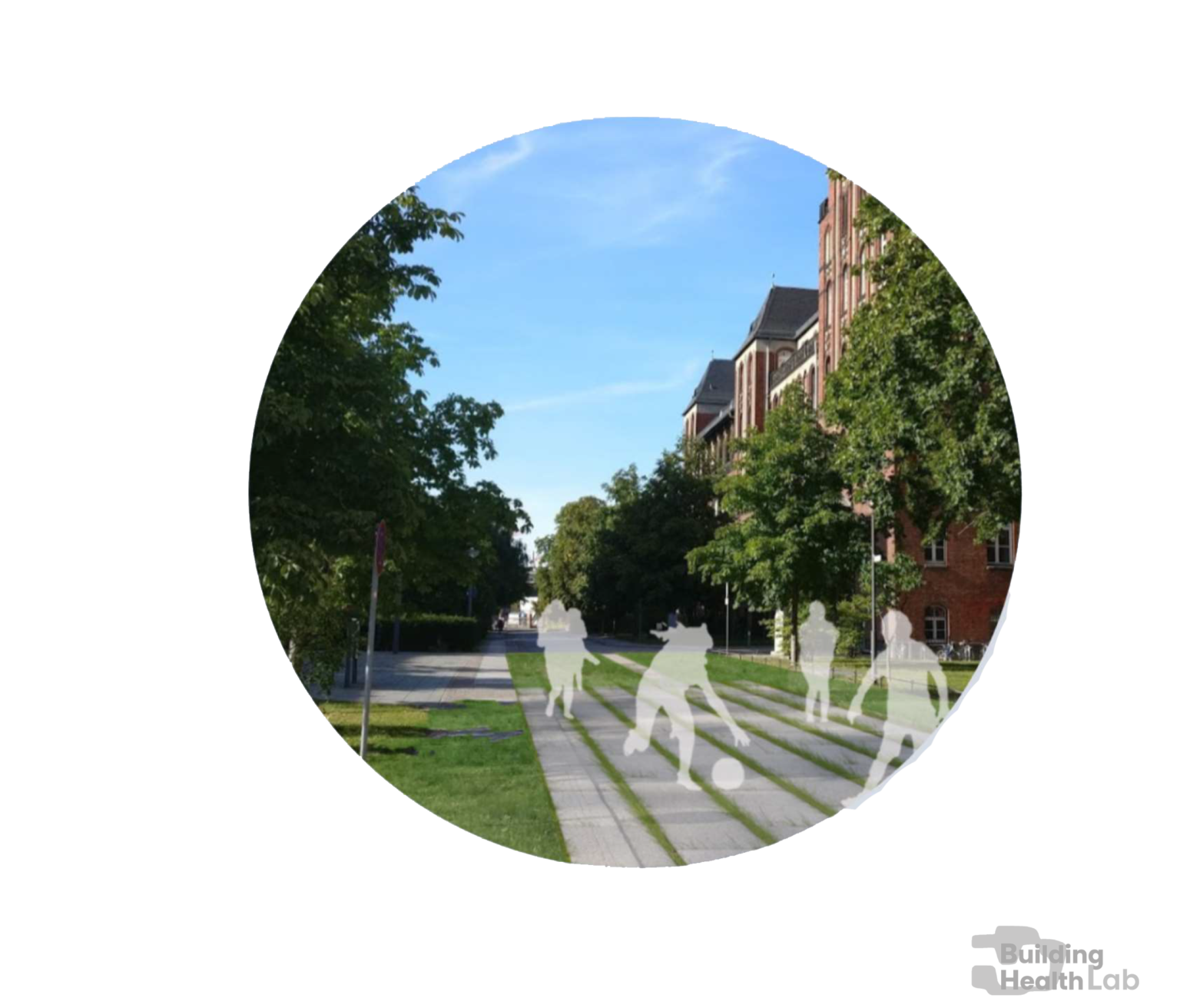
In four hours participants achieved the workshop’s main objectives.
Tables arrange for groups of 4 to 8 participants. Each has a satellite image of a neighborhood and info cards about walkability challenges, environmental threats, and pedestrian health.
Three stations are also ready for planning tasks.
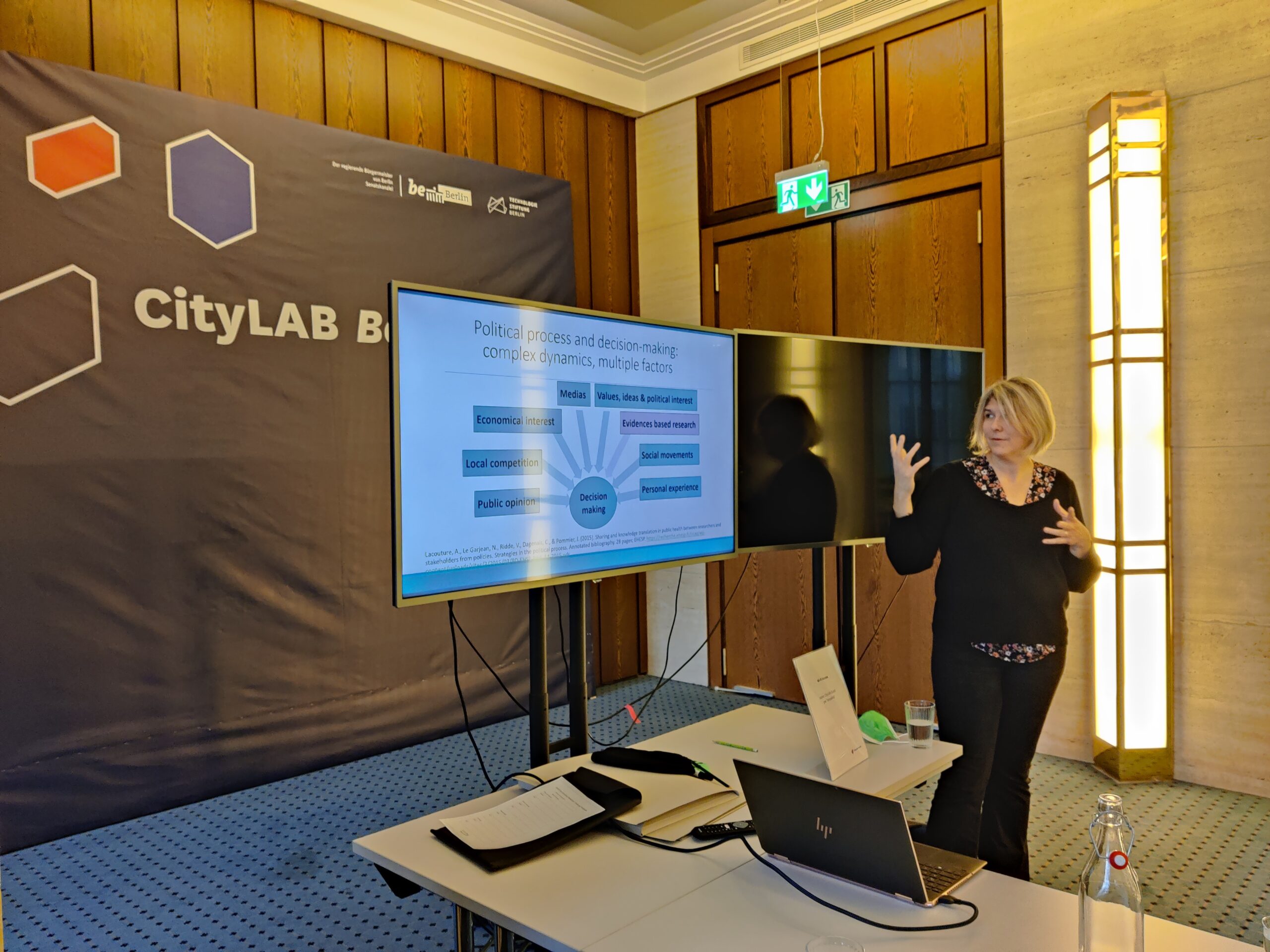
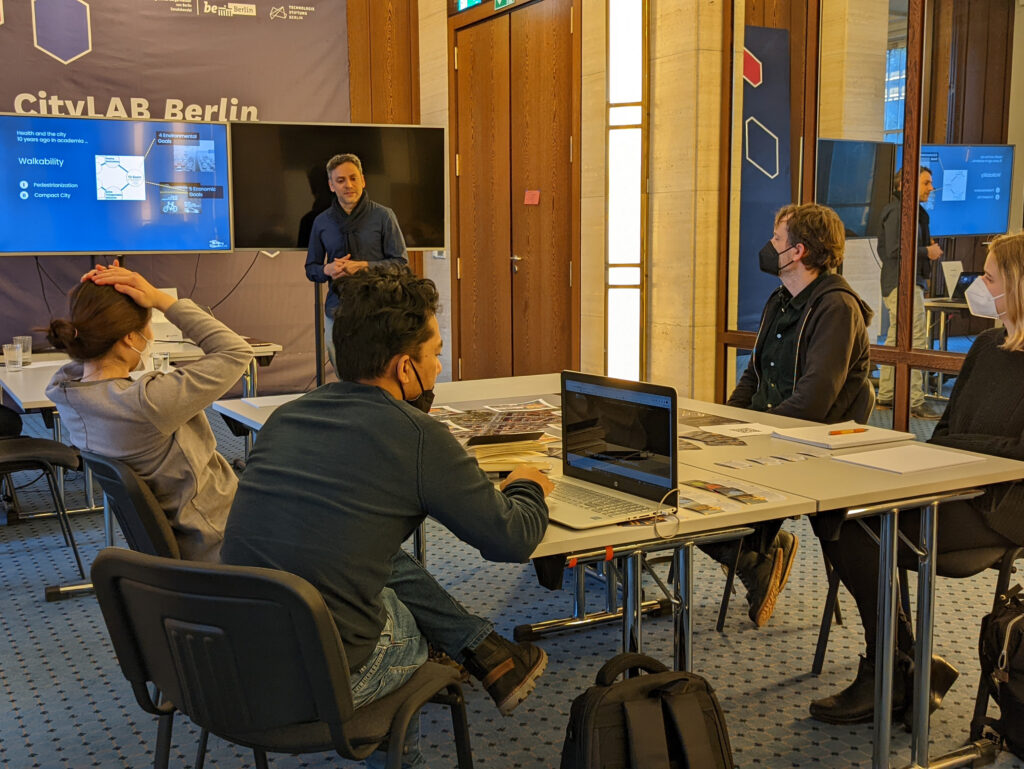
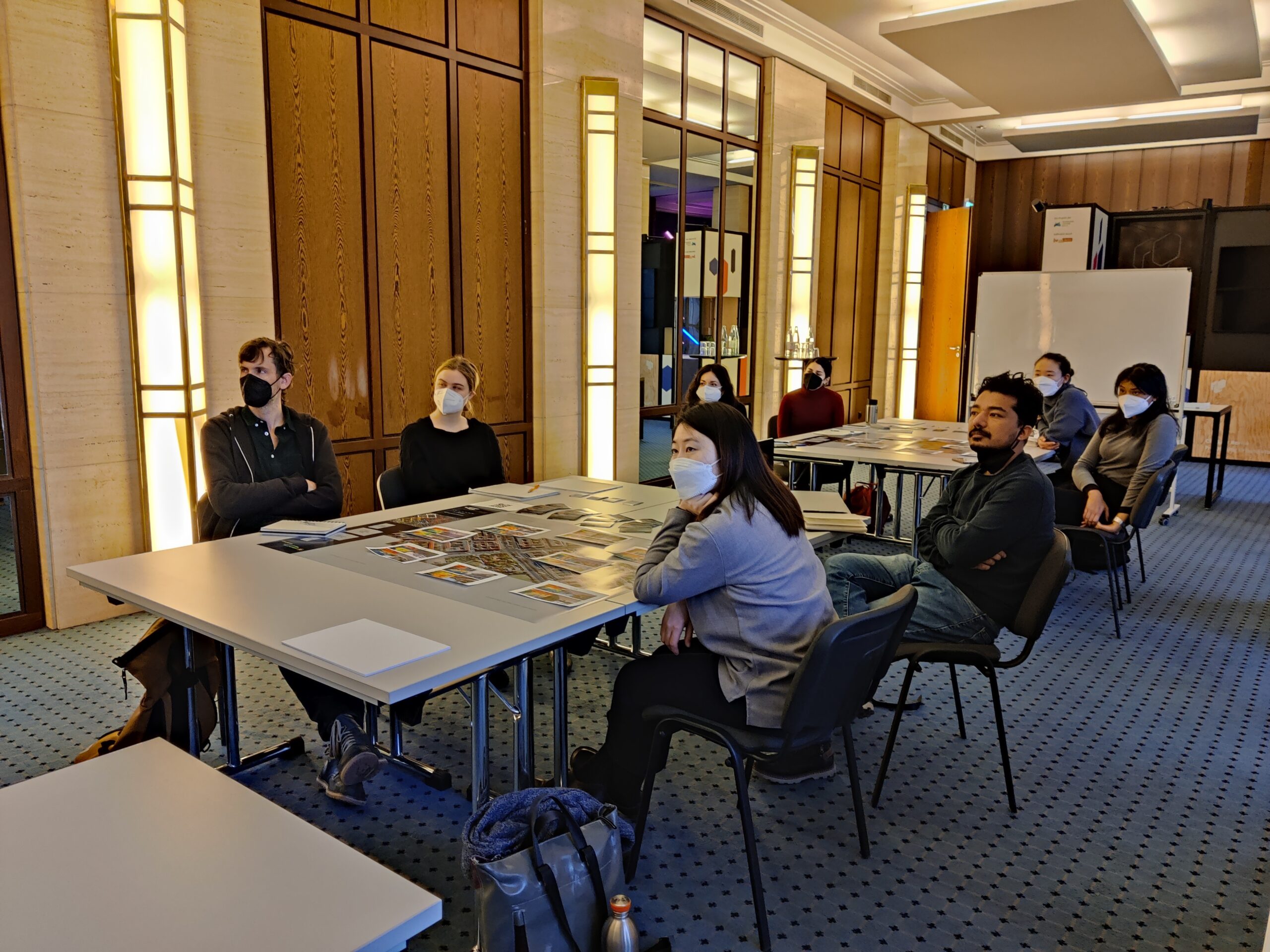
The introduction explains the UrbanCare concept on improving Pedestrian Health and four workshop sessions on developing climate-friendly pedestrian plans.

Each session takes 30 to 45 minutes of problem-solving exercises.
The goal is to develop a plan that improves liveability and ecosystem services for a neighborhood.
I_ Gap Finder
In the starting session, participants split into groups. Each group works on a site with eight urban scenes. Participants take a persona chip of slower groups (such as children, older adults, and people with different disability types) and pedestrian challenge cards (street level situations such as entrances to priority locations, resting places, street crossings, and stops and stations).
The task is to shortly describe in survey sheets how the urban scenes hinder the active mobility of slower groups.
Goal 1: Identify mobility obstacles and barriers to vulnerable groups.
II_ Diagnostics
“Street Eco-Cards” describe physical environmental factors that degrade the urban ecosystem. “Pedestrian Disease Cards” define how our health is affected by these environmental factors. In session two, Participants are encouraged to make card combinations, place them in the urban scenes that challenges slower groups the most, and vote for the most critical one.
Goal 2: Review pedestrian needs and street-level ecosystem data to prioritize the most pressing issues.
III_ Planning
Based on the slow group needs and requirements and the climate conditions of the urban scene selected from session 2, participants write down posts explaining the resources and management positions needed to plan the development of healthy green streets.
The posts are pinned into three planning posters: Policy, Technical Capacity, and Economic Investment.
Goal 3: Define strategies, technical teams, schedule, and an investment scheme.
IV_ Design
The last session is to communicate urban issues and possible solutions in a short presentation.
Participants create two streetscape sketches in ten minutes. The first is on pedestrian and street level climate issues. The second is on comprehensive streetscape solutions considering conclusions pinned in session 3.
Goal 4: Present a vision to execute the pedestrian plan that maximizes benefits.
Info about the site …
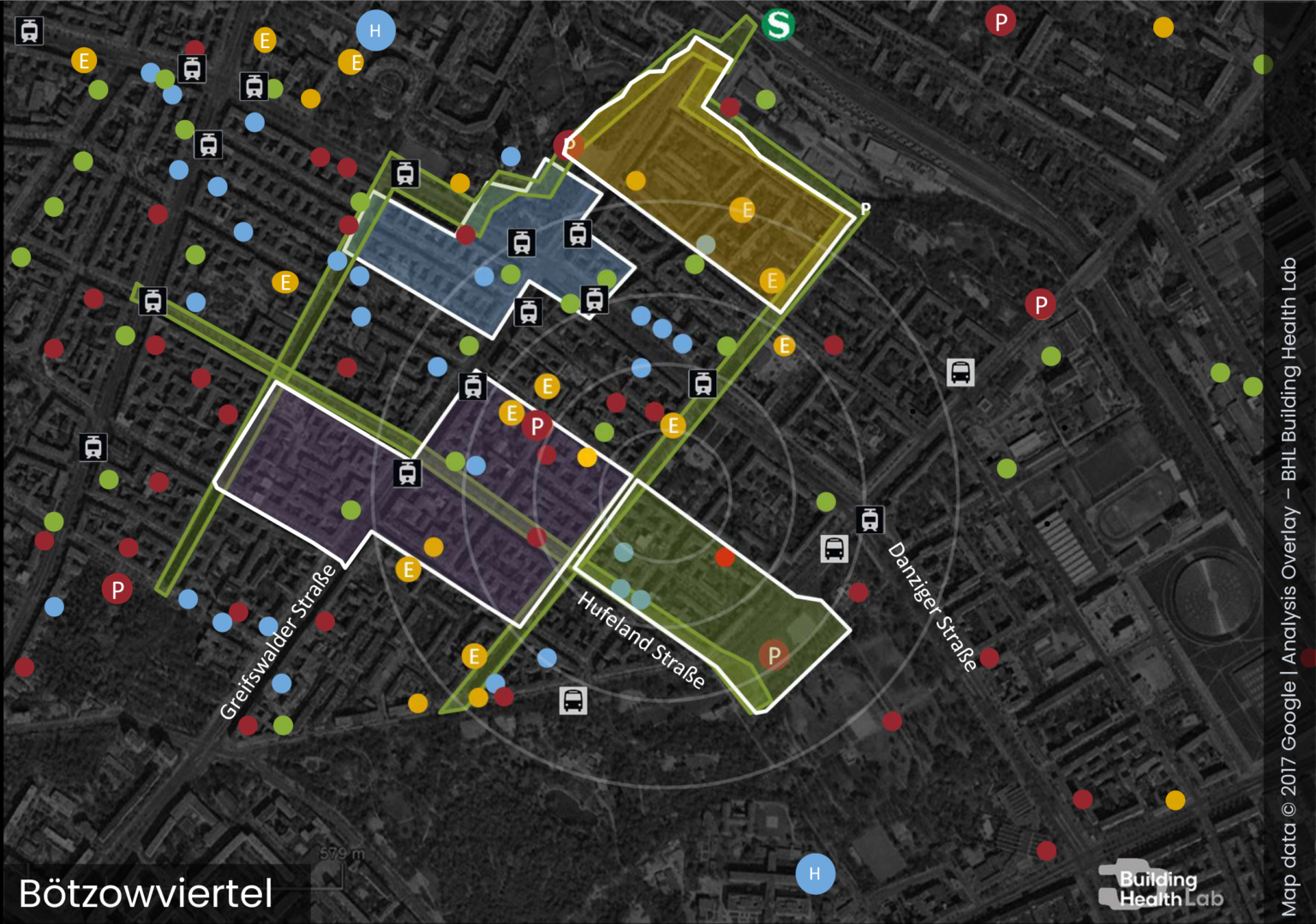
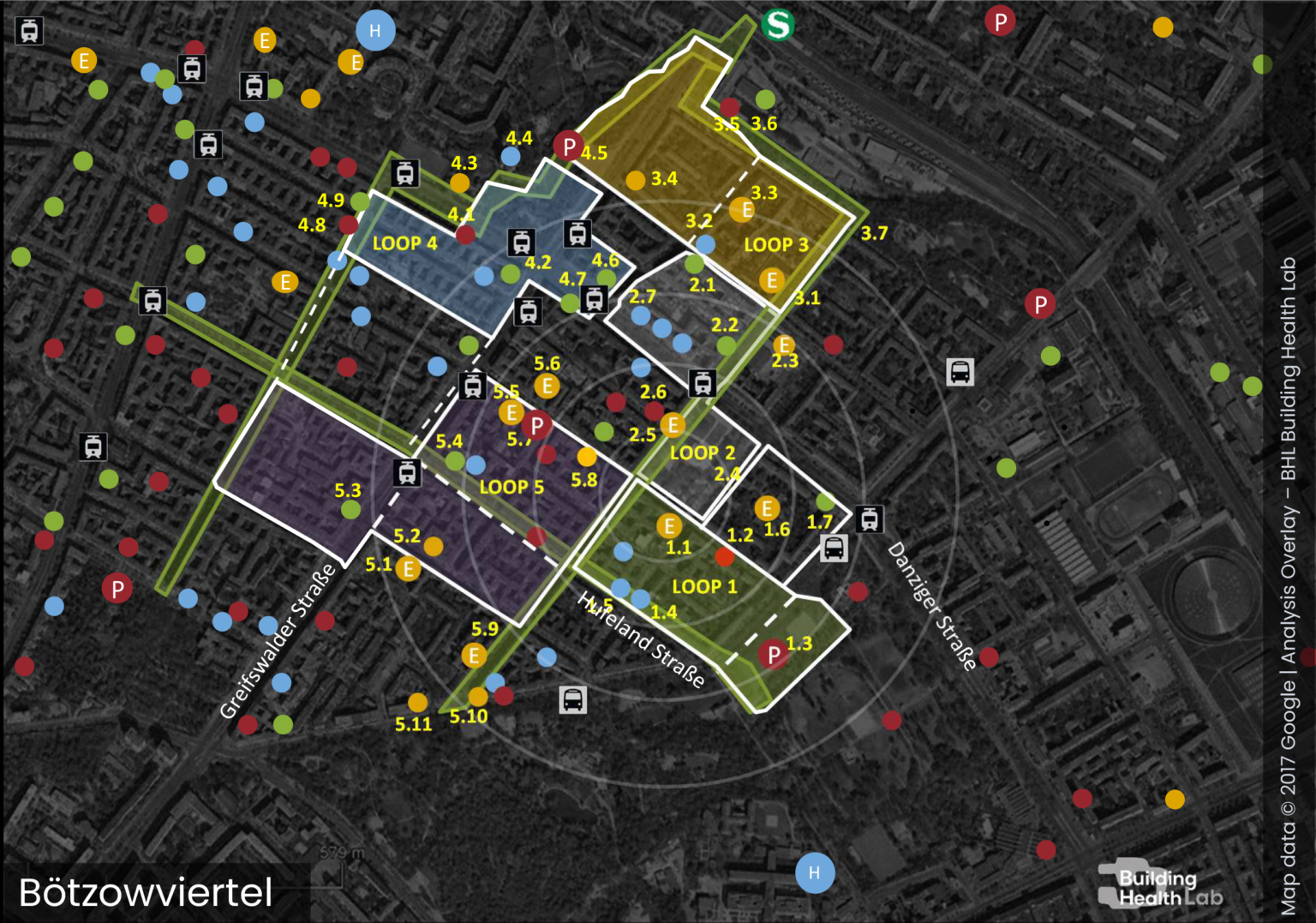
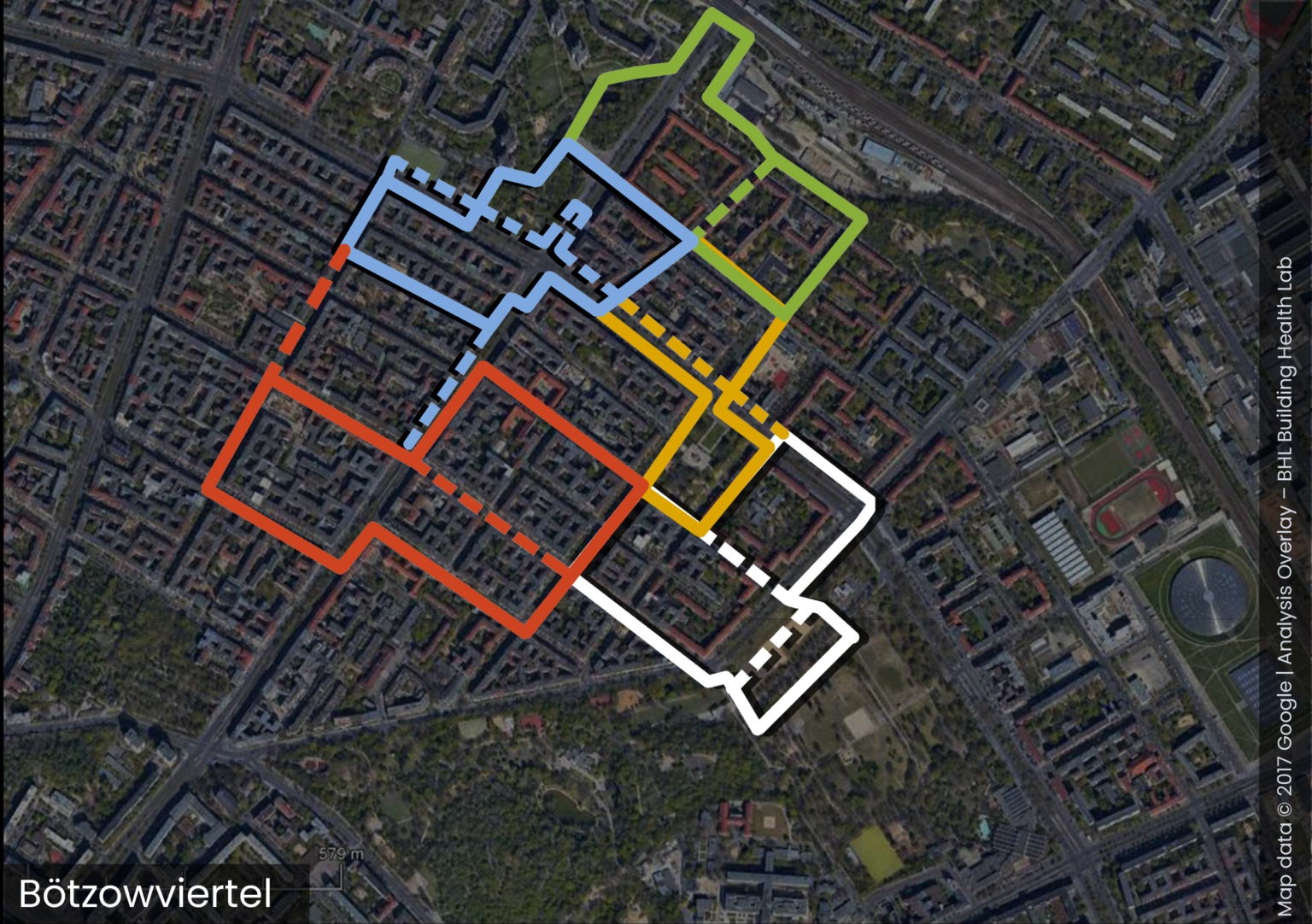
September 20, 2023
UrbanCare Workshop ULI
Other UrbanCare cases developing across Europe
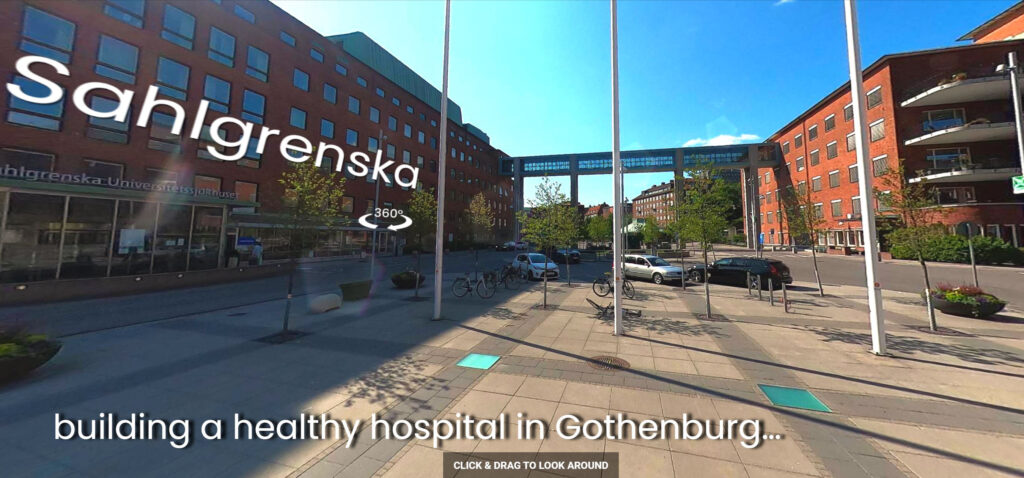
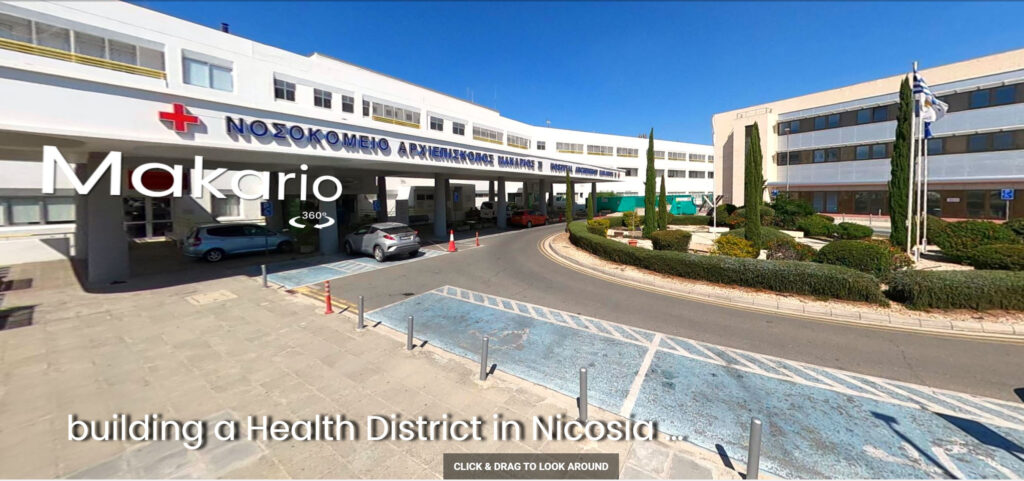
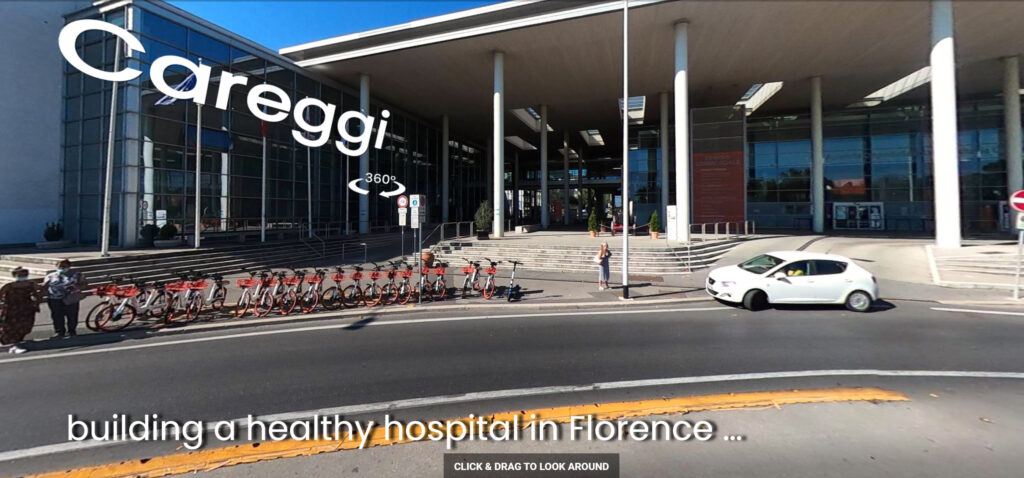
We battle climate change impacts on urban ecosystems and health across different European climate zones.
Co-funded by the European Union.
We support city makers in implementing sustainable development goals with evidence.